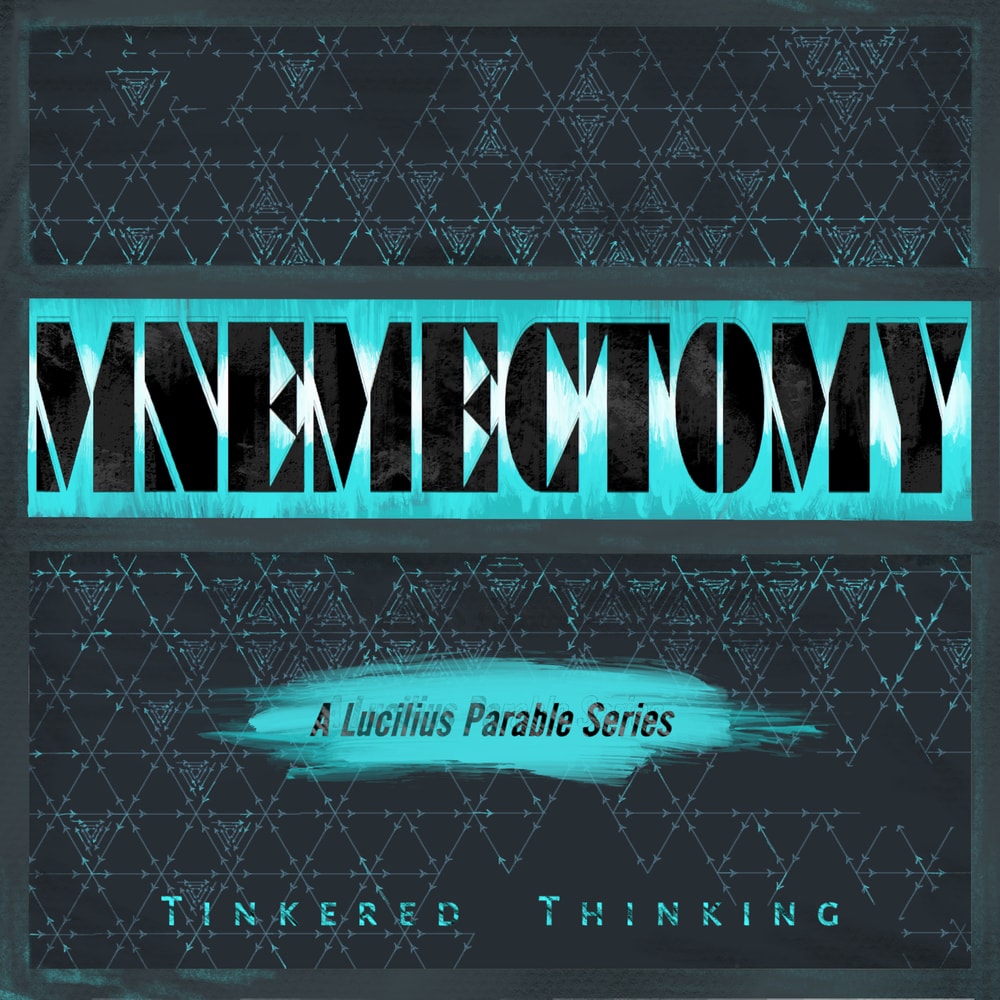Daily, snackable writings to spur changes in thinking.
Building a blueprint for a better brain by tinkering with the code.
subscribe
rss Feeds
SPIN CHESS
A Chess app from Tinkered Thinking featuring a variant of chess that bridges all skill levels!
REPAUSE
A meditation app is forthcoming. Stay Tuned.
COEFFICIENTS OF ADDICTION
November 4th, 2020
Success can be boiled down to addiction management. But addiction is bad, something to be totally minimized, cut out. Right? Certainly when the addiction is used in the traditional form - when it refers to something that’s overtly harmful. Then again, it seems different things create different levels of addiction. The obvious hard drugs are certainly past a particular threshold that makes the addiction very obvious, and it’s these things past that threshold that we typically take seriously as addictions. But even beyond this threshold, different things still seem to inspire different levels of addiction. It seems that different things have different coefficients of addiction. The idea of a ‘coefficient’ here is injected to pin down this idea of variability among addictions. For many, if not most people, the coefficient of addiction for something like smoking might be very high, whereas for someone else, the coefficient of addiction for the same thing might be quite low. Sugar is another substance where the coefficient is quite high for most people. Now what happens if this coefficient is considered down below the detectable threshold, for something like work?
Most people can’t wait to finish, to relax, to indulge in the more pleasant addictions of food and entertainment, and perhaps a smoke and a drink. The addictive quality - the coefficient of addiction is subjectively present in these things. We can quite literally feel the pleasure.
But then again, some people manage to get addicted to things that don’t seem so obvious - like work. There are some people who are quite clearly addicted to their work, and it’s clearly not due to some sort of obvious chemical reaction as happens when we ingest something. There is, however, a chemical reaction happening - a complex set of neural interactions that all have their own specific weights that influence future probabilities that such a set of neural interactions will take place again. Those weights, based on things like receptor density and transmitter output can slowly change with use.
An exercise routine just started feels painful but becomes a pleasure with enough repetition, as the relevant neural pathways change and adapt.
To return to that opening statement: success can be boiled down to addiction management, applies, not just to the big obvious addictions that are best avoided, but also to the ones that don’t feel like addictions and which aren’t yet addictions. Bluntly, it’s a matter of avoiding those activities that have normally high coefficients of addiction, and trying to boost the number of those activities that have normally low coefficients of addiction - those things that require discipline and will power. With enough use, activation, and routine, these low coefficients of addiction can slowly rise, until things that normally take discipline and willpower become easy because they become pleasurable - even addictive.
-compressed.jpg)





